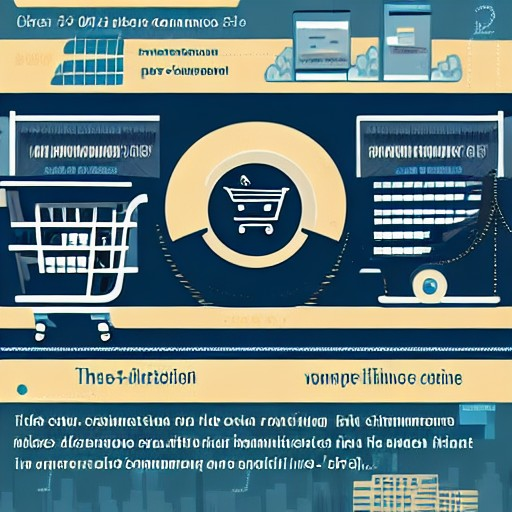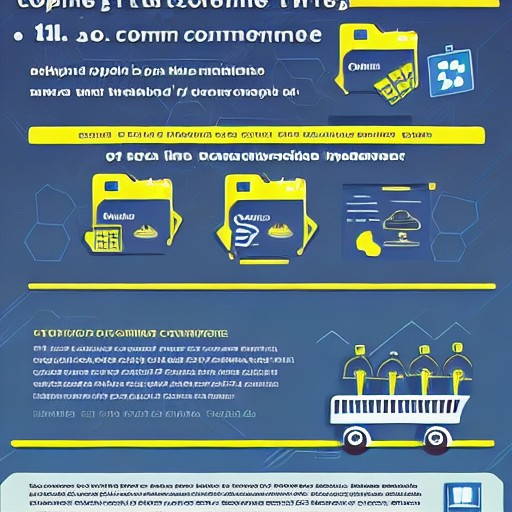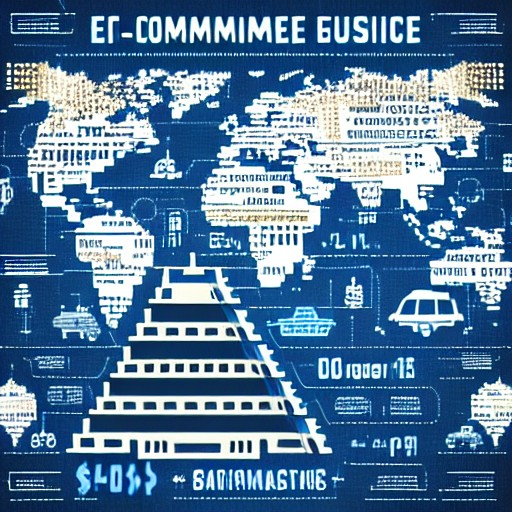The Future of E-commerce and Online Shopping
E-commerce and online shopping have become an integral part of our lives, and the COVID-19 pandemic has only accelerated this trend. As more and more people turn to online shopping, the e-commerce industry is expected to continue its rapid growth in the coming years. Here are some key trends that are likely to shape the future of e-commerce:

1. Mobile Commerce
Mobile devices are becoming the preferred method of shopping for many consumers. In fact, mobile commerce is expected to account for over 70% of all e-commerce transactions by 2024. This trend is being driven by the convenience and accessibility of mobile devices, as well as the increasing popularity of mobile payment systems like Apple Pay and Google Wallet.

2. Artificial Intelligence and Machine Learning
Artificial intelligence (AI) and machine learning (ML) are revolutionizing the e-commerce industry. These technologies are being used to personalize the shopping experience, improve product recommendations, and streamline the checkout process. In the future, AI and ML are likely to become even more sophisticated, enabling retailers to offer even more personalized and targeted shopping experiences.

3. Augmented Reality
Augmented reality (AR) technology is already being used by some retailers to give customers a virtual try-on experience for clothing and makeup products. In the future, AR is expected to become even more widespread, allowing customers to visualize products in their own homes before making a purchase.
4. Voice Commerce
Voice assistants like Amazon’s Alexa and Google Assistant are already being used for shopping, and this trend is expected to continue. By 2022, voice commerce is expected to be a $40 billion industry. Retailers will need to optimize their websites and product listings for voice search to stay competitive.

5. Social Commerce
Social media platforms like Facebook, Instagram, and Pinterest are increasingly being used as shopping channels. Social commerce allows retailers to reach customers where they are spending their time online, and it also enables them to leverage the power of social proof and influencer marketing.

In conclusion, the future of e-commerce and online shopping looks bright. As technology continues to evolve and consumer preferences continue to shift, retailers will need to stay agile and adapt to these changes in order to stay competitive.